Specialty and Decorative Window Options
Sound Abatement, Laminated, Decorative, and Safety Glass Options for Your Windows
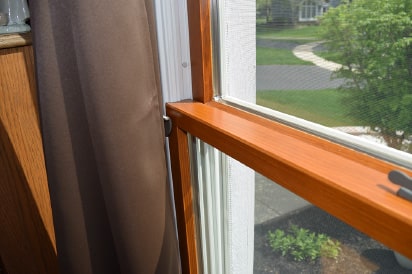
Ask Our Experts About Specialty Glass Options When Ordering Your Windows
In today’s market, windows are major design elements for new and existing homes. This includes window walls, larger glass doors, and multi-panel sliding doors. In addition, homes are being built closer together and closer to noisy roads or intersections. This is where specialty glass options can set your home apart. Eliminating noise and increasing energy efficiency can make your home more comfortable no matter what is going on outside.
Learn more about our specialty glass options below, or contact our experts to get more information on specialty glass options when ordering your windows.
Specialty window Options
We offer specialty glass options for different applications and needs. This includes energy-efficient glass, laminated safety glass, sound control glass, and decorative glass for windows and doors. Click the option below to learn more about each type of specialty glass.
Impact Resistant Safety Glass
Sound Abatement Glass
High Efficiency Windows
Decorative
Glass
Privacy
Glass
Condensation
Resistant Glass
Impact Resistant Safety Glass
Sound Abatement Glass
High Efficiency Windows
Decorative
Glass
Privacy
Glass
Condensation Resistant Glass
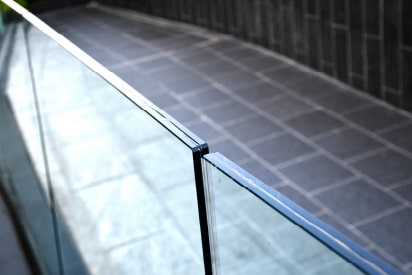
Impact Resistant Safety Glass
Safety glass is becoming more popular in homes across the Chicago area. This is because of design features like glass walls and large picture windows. It is recommended for use in locations where a window or door glass break and accidentally harms someone.
Several types of safety glass are available, each with its benefits. The types we offer are tempered glass and laminated impact glass.
Tempered Glass
Tempered glass, also known as heat-treated glass, is specially fabricated for usage in areas with a high risk of contact or breakage. This type of glass is great for showers, doors, or glass near stairs. It is more durable than standard glass and does not shatter into large dangerous shards when broken. When broken, tempered glass will break into small pieces that are easy to sweep up without leaving dangerous shards behind.
How To Identify Tempered Glass
Older windows are unlikely to have a marking designating them as tempered glass. Most often, newer tempered windows are etched to certify them as safety glass. Tempered glass must have a small label etched in a corner, officially known as the “glass monogram,” called a “bug” in the construction trades. It identifies the manufacturer name and the ANSI and CPSC standards under which it was manufactured.
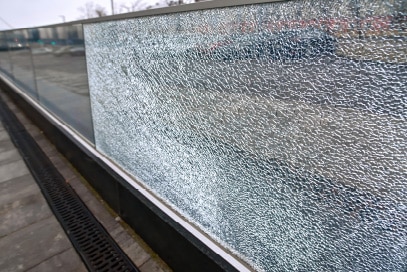
Laminated and Hurricane Impact Glass

Laminated safety glass can be used for safety and security in your home. It can also help keep your home safe against window smash burglary attempts. The laminated glass we offer is hurricane-rated and comprises two glass sheets bonded together with a protective interlayer of plastic designed to resist projectile impacts.
How To Identify Laminated Glass
It is more difficult to identify laminated glass than tempered glass as there is no labeling requirement like tempered glass. Using tempered or laminated glass depends on the application, as both can meet the standards required by building codes. For resisting breakage, tempered glass is a good choice. However, laminated glass is usually preferred for security and sound reduction.
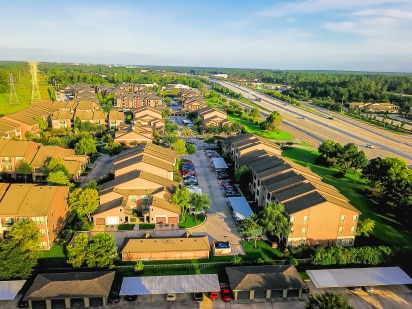
Sound Abatement Glass (STC/OITC)
As cities grow, our homes, apartment buildings, and other residential properties are being built closer together and in increasingly noisy places. It is not surprising that homeowners and builders are interested in window options that will dampen outdoor sounds.
Our Woodland Windows & Doors team offers sound abatement glass options for homeowners and property owners across the Chicago area. These windows are specially designed to dampen loud noises and can help turn an uncomfortable home into a comfortable space to enjoy time with family and friends.
Do Sound Control Windows Really Work?
Sound travels through mechanical waves. When a plane flies over your house, the sound reverberates through surrounding particles, including gases, liquids, and solids, which vibrate or collide and pass the sound energy to our ears. The denser the medium, the slower it will travel, so the more the sound will be absorbed before reaching your ears. If you want to select windows that will produce a quieter home, you need to pay attention to the acoustics – the sound control of a window.
The real question is, how can windows be made to dampen sound acoustically? There are techniques for making windows dampen sound. Have you ever wondered why don’t you hear the airplanes while waiting in the airport lounge?
Laminated and Insulated Glass for Sound Control
By itself, glass has very little damping ability. However, manufacturers combine specialty glasses, specific glass widths, and other materials with engineering a sound-dampening window. Laminated glass (LG) puts a layer of more dense material, a plastic, between two lites of glass, which substantially increases the unit’s ability to reduce sound by breaking up the sound waves as they pass through the glass. A single pane of ¼” laminated glass consists of two 1/8” lites with the plastic interlayer and has as much sound-blocking ability as ½” lite of monolithic glass.
Insulating glass (IG) consists of two or three panes separated by a gap filled with air or Argon gas. Using glass lites of different sizes, for example, one thicker (3/16”) and one thinner (1/16”) lite in an insulated glass construction, will further help deaden sound because each lite is “transparent” to a different frequency, and each lite will then attenuate the frequency that the other light “passed.” Some experts have specified combining all three features: LG, wider airspace, and different thicknesses to create the greatest sound barrier.
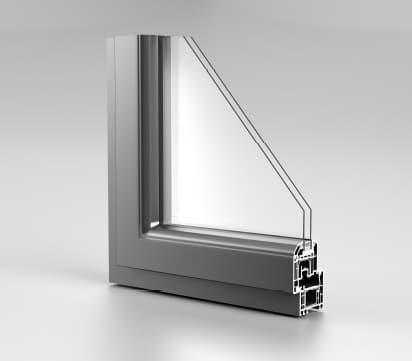
High Efficiency Glass
High Efficiency or Lowe-E glass is a term that has been used more and more frequently as home builders and homeowners look for options that can help them save money on energy bills while making their homes more comfortable. Low-E stands for low-emissivity glass, which contains a coating that slows heat transfer through the glass.
Regarding energy-efficient windows, three components comprise windows: insulated glass, Low-E coatings, and gas fill that provide thermal barriers to help reduce the overall heat transmission through the glass. Low-E coatings range from E1-E3 and are often recommended based on the climate. Low E1 is recommended for the northern climates we have in Chicago. It absorbs the maximum light and keeps your home at a consistent temperature.
What is SHGC and U-Factor?
Glass is rated by three primary characteristics: U-Factor, Solar Heat Gain (SHGC), and Visible Transmittance. The U factor rates the thermal insulation of the window. The lower the U-factor, the better the window keeps heat in – particularly important during winter’s heating season. U-Factor is measured between .20 and 1.20. Our Northern climate wants a low U-Factor of < 0.30.
However, our climate needs a higher SHGC. Because the SHGC measures how much solar heat gets inside the house once it reaches the glass. Measured between 0 – 1.0, the lower the number, the less heat reaches the house. Therefore, we want a higher SHCG or more heat to enter the house.
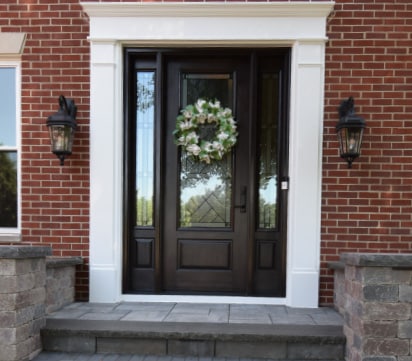
Decorative and Privacy Glass
Decorative glass can be a great way to add style and privacy to your home. These are most often found in doors, sidelites, and transoms. However, decorative glass is a much larger category that includes privacy options which can be a much-needed addition for today’s homes with larger window and door glass.
For homeowners, specialty windows offer privacy and security while letting in natural light and eliminating the need for large window treatments. Decorative glass windows can be partially or fully opaque. Also known as obscuring glass, privacy glass options include different opacity levels to obscure or distort the view.
When getting your window replacement quote, ask our team about decorative glass options for your windows and doors.

Frosted Glass
Frosted glass is the most common type of privacy glass. It has a smooth, white appearance and is often called satin glass. These windows offer a hazy view and a wide range of transparency options.
Ribbed or Bubble Glass
Ribbed or bubble glass has a striped or textured finish that looks natural. These windows provide the same privacy as frosted glass options with a more stylish and decorative design that can set your home apart.
Patterned Glass
Homeowners who want a decorative look while assuring privacy can choose patterned glass. Glass in this category includes geometric shapes and natural forms. Popular in doors with glass panels, French glass doors, and sidelites.
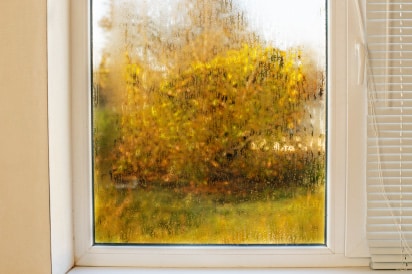
Condensation Resistant Glass
Condensation-resistant glass or CR glass refers to glass resistant to condensation, which helps to prevent foggy windows and water buildup from moisture transmission. Be sure to ask your representative about condensation resistance options for your home or business.
Our colder climate makes aluminum frames a poor choice, but if you must have this for your modern home, make sure the window you choose has thermal breaks. Second, opt for Low-E and argon or krypton gas fills between double or triple panes. Third, ask about warm-edge spacers, which are no-metal or spacers made of less conductive metals.
Grille Patterns and Window Profiles
Grilles look like individual windowpanes. Select a grille pattern to compliment your window or door style. Standard choices are simple and easy to specify; modifications are available from most manufacturers depending on your chosen product series.
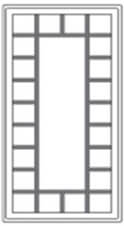
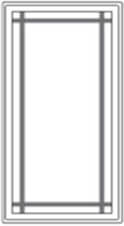
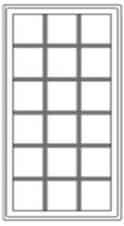
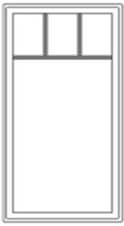
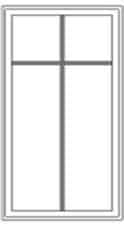
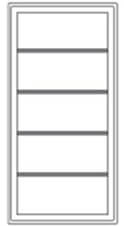
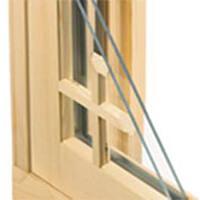
Removable Grilles
Usually attached to the interior glass with hidden clips. Removable interior grilles come off for easy cleaning.
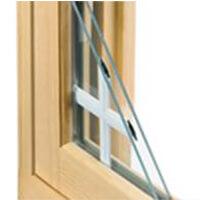
Grilles-Between-the-Glass (GBGs)
Grilles are installed between the glass for low maintenance. Some manufacturers offer the choice of interior and exterior grille colors.
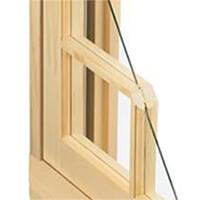
Authentic Divided Lite (ADL)
Like the original designs of elegant windows separate pieces of glass are glazed between muntin bars.
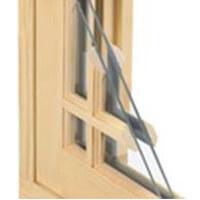
Simulated Divided Lite (SDL)
SDL bars are permanently attached to the exterior and interior of the glass.
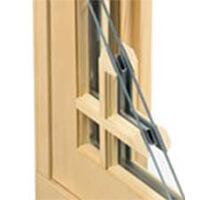
Simulated Divided Lite with Spacer
An energy-efficient way to create the look of divided lite. SDL bars are permanently attached to both sides of the glass with a spacer bar installed between the glass. ADL look.
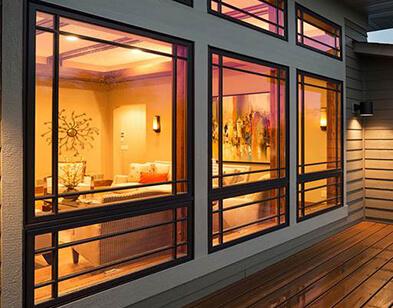
Contact Our Experts to Learn About Specialty Glass Options
When buying windows and doors, it can be easy to get overwhelmed by the options you have available. Our experts can help you make the right choice for your home and your style. Contact our experts today by calling 630-869-1450 or click the button below to fill out our online contact form.
